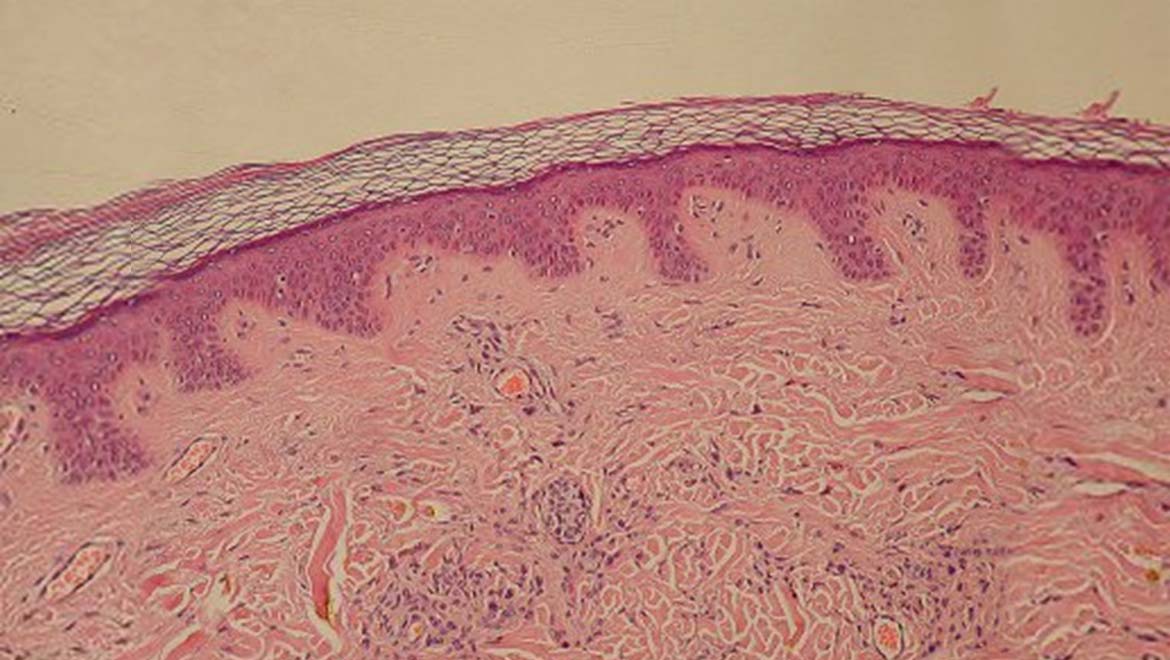The Marvel Of The Human Body: Understanding The Largest Internal Organ
The human body is a complex and fascinating structure, composed of various organs that perform essential functions to sustain life. Among these organs, one stands out not only in size but also in its crucial role in our overall health and well-being. Identifying the largest internal organ in the body provides insight into its incredible functionality and the vital tasks it undertakes daily. This article delves into the significance, structure, and functions of this remarkable organ, unveiling its mysteries and importance in our lives.
When we think about the organs that make up our bodies, we often consider the heart, lungs, or even the brain. However, the largest internal organ in the body is often overlooked. This organ plays an integral role in digestion, metabolism, and detoxification, serving as a powerhouse for various bodily functions. Understanding its anatomy and physiology can shed light on why it is so essential to our health and how we can take better care of it. In this article, we will explore the characteristics, functions, and health implications related to this vital organ.
As we embark on this journey to uncover the secrets of the largest internal organ in the body, we will also address common questions that arise regarding its functions, health issues, and maintenance. Whether you're a curious learner or someone seeking to improve your health, this comprehensive guide will provide valuable insights and practical advice. Join us as we unravel the complexities of the largest internal organ in the body and its remarkable contributions to our overall well-being.
What is the Largest Internal Organ in the Body?
The largest internal organ in the human body is the liver. It weighs approximately 3 pounds and is located in the upper right quadrant of the abdomen. The liver is vital for many physiological processes, including the metabolism of nutrients, detoxification of harmful substances, and production of important proteins like blood-clotting factors.
What Are the Functions of the Liver?
- Metabolism: The liver is responsible for processing nutrients absorbed from the digestive tract, converting them into glucose or storing them for later use.
- Detoxification: The liver filters out toxins and waste products from the blood, such as alcohol and drugs.
- Protein Synthesis: The liver produces essential proteins, including albumin, which helps maintain blood volume and pressure.
- Bile Production: The liver produces bile, which is necessary for the digestion and absorption of fats.
How Does the Liver Maintain Homeostasis?
The liver plays a crucial role in maintaining homeostasis, ensuring that the body's internal environment remains stable. It regulates blood sugar levels by storing and releasing glucose as needed. Additionally, the liver balances hormone levels and contributes to the overall metabolic processes that keep the body functioning optimally.
What Are the Common Diseases Affecting the Liver?
Several diseases can affect the liver's health and functionality. Some of the most common include:
- Hepatitis: Inflammation of the liver, often caused by viral infections.
- Cirrhosis: Scarring of the liver tissue, resulting from long-term damage.
- Fatty Liver Disease: Accumulation of fat in liver cells, which can be caused by obesity or excessive alcohol consumption.
- Liver Cancer: A serious condition that can develop as a result of chronic liver disease.
How Can We Protect Our Liver Health?
Maintaining liver health is essential for overall well-being. Here are some tips to protect your liver:
- Eat a Balanced Diet: Focus on fruits, vegetables, whole grains, and lean proteins.
- Limit Alcohol Intake: Excessive drinking can cause liver damage.
- Exercise Regularly: Physical activity helps maintain a healthy weight and reduces the risk of fatty liver disease.
- Stay Hydrated: Drinking plenty of water supports liver function and detoxification.
What Are the Signs of Liver Damage?
Recognizing the signs of liver damage is crucial for early intervention. Some common symptoms include:
- Fatigue and weakness
- Jaundice (yellowing of the skin and eyes)
- Unexplained weight loss
- Dark urine and pale stools
Conclusion: The Importance of the Largest Internal Organ
In conclusion, the liver is the largest internal organ in the body, playing a vital role in maintaining our overall health. Understanding its functions, recognizing the signs of liver damage, and adopting a healthy lifestyle are essential steps in ensuring its proper functioning. By taking proactive measures to protect our liver health, we can enhance our quality of life and prevent serious health issues down the road.
Exploring The Live Status Of Greek Yogurt: Is Greek Yogurt Live?
Discovering The Lyrical World Of Pablo Neruda
Troubleshooting Your Toshiba TV When It Won't Turn On And Shows No Lights

Internal organs human body anatomy Royalty Free Vector Image

Scientists Find Largest “New Organ” In The Body Evolving Science

The Human Internal Organs Human body organs, Human body science, Human body activities